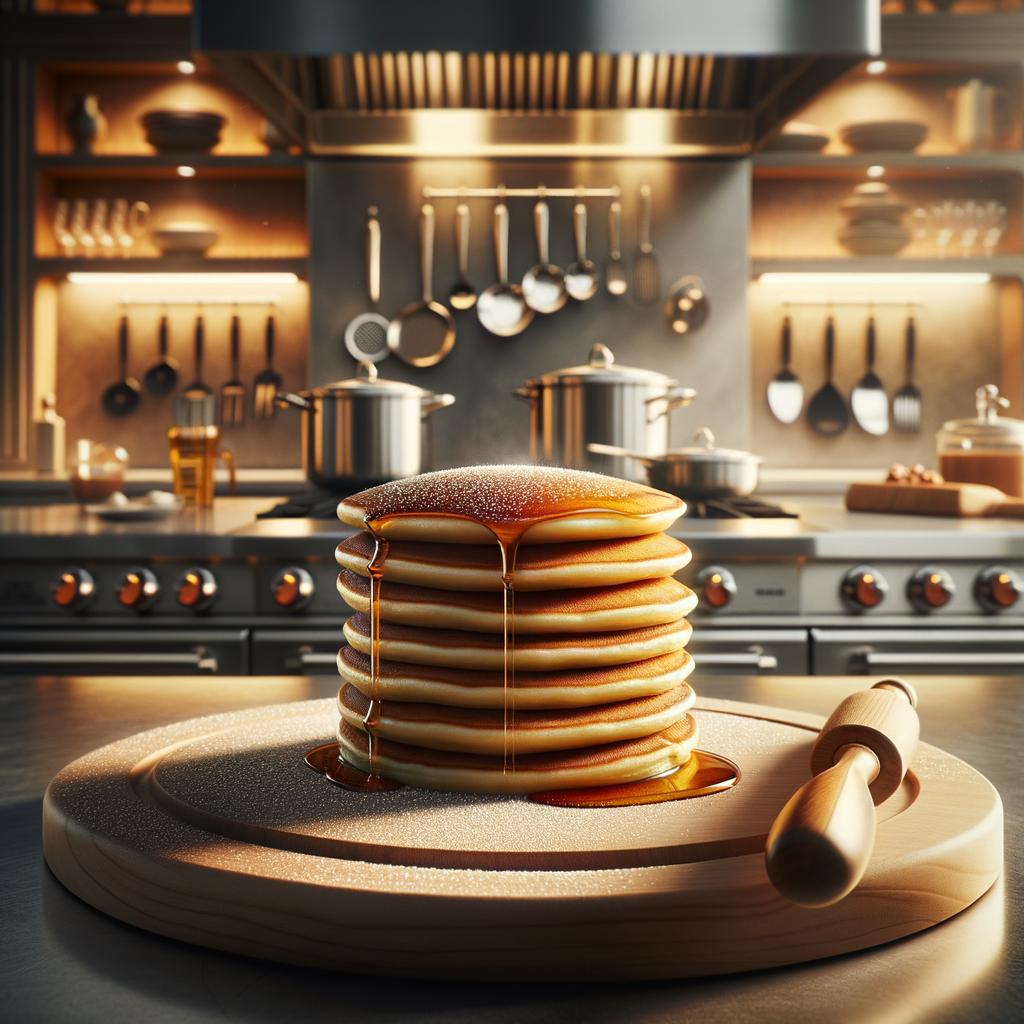Pancakes

Description Pancakes, a delightful staple in many global cuisines, are round, flat, and typically golden-brown in color. Their texture is soft and fluffy, with a slight crispness on the exterior, especially when cooked to perfection. The flavor profile of a basic pancake is mildly sweet and buttery, providing the perfect canvas for a myriad of toppings and fillings. What sets pancakes apart from similar foods, like crepes or waffles, is their versatility. They can be thin or thick, small or large, sweet or savory, and can be paired with almost anything, from maple syrup and fruit to bacon and eggs.
Primary Uses Pancakes are most commonly used as a breakfast food, though they can also be enjoyed as a snack or dessert. They are a key component in a variety of dishes across cultures, from the thin, rollable French crêpes filled with Nutella or cheese, to the fluffy, syrup-drenched stacks of American pancakes, to the savory, vegetable-filled Korean jeon. Beyond their culinary uses, pancakes also have cultural significance. For example, in the UK, Pancake Day (Shrove Tuesday) is celebrated by making and eating pancakes.
History The history of pancakes dates back to ancient times. Archaeological evidence suggests that our prehistoric ancestors enjoyed pancakes made from ground grains and nuts, cooked on hot stones. Over time, pancakes have taken on different forms and flavors, influenced by the available ingredients and culinary trends of the time. In American folklore, the tale of Paul Bunyan, the giant lumberjack, includes a story about his massive pancakes, cooked on a griddle so large it was greased by men with bacon strapped to their feet!
Nutritional Information Pancakes, while a delicious comfort food, also pack a nutritional punch. They are a good source of carbohydrates, providing energy to start your day. They also contain protein, especially if made with milk and eggs, and if whole grain flour is used, they can be a good source of fiber. Pancakes also contain some essential minerals and vitamins, like calcium and vitamin A. However, they can be high in sugar and fat, especially when topped with syrup and butter, so they should be consumed in moderation. Compared to other breakfast foods like oatmeal or granola, pancakes may be lower in fiber and higher in sugar, but they can still be part of a balanced diet when enjoyed responsibly.

